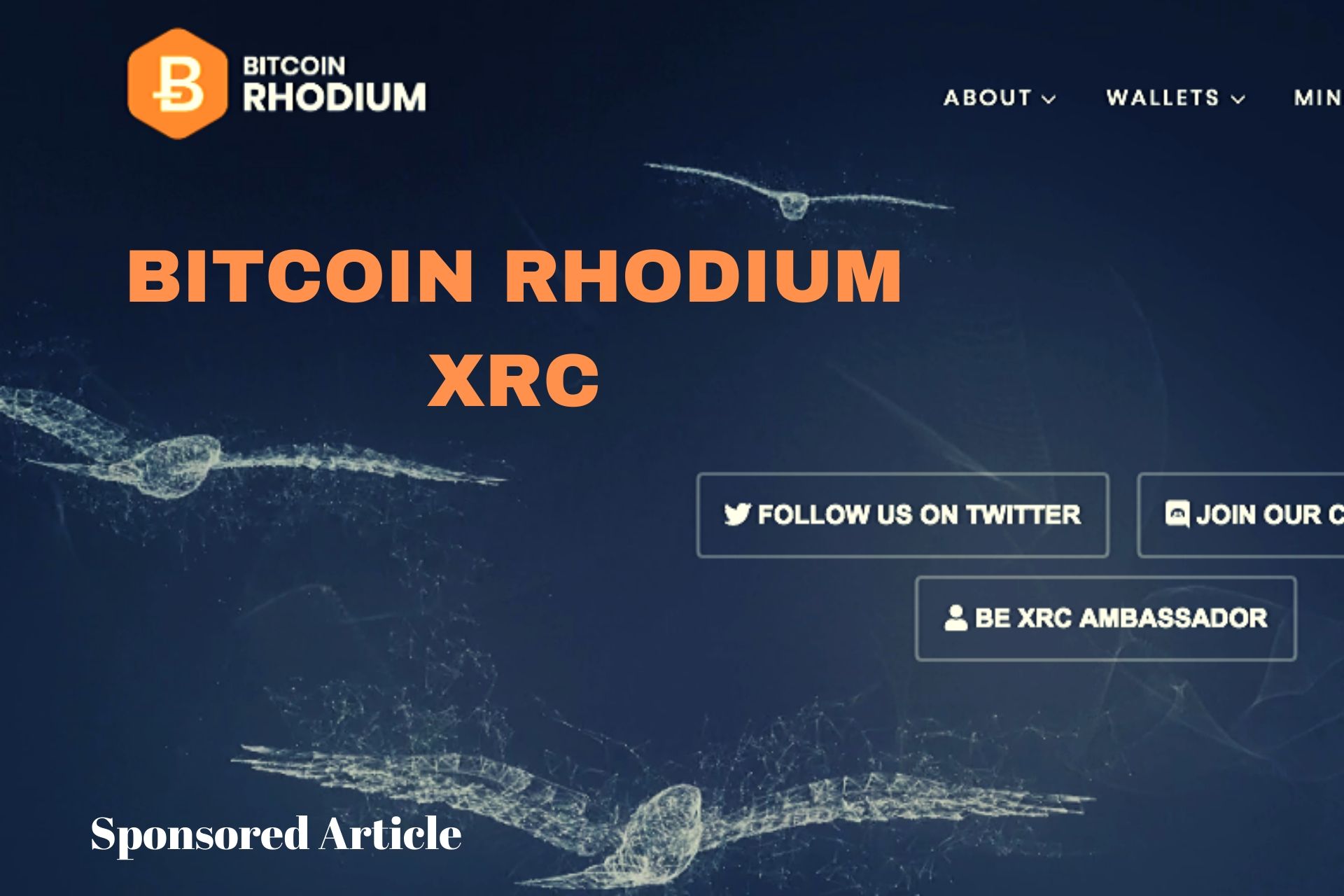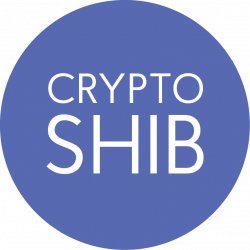Bitcoin Rhodium: Everything You Need to Know

In the last decade, since the inception of Bitcoin in 2009, a number of Bitcoin derivatives have hit the crypto markets. Several hard forks in the original Bitcoin blockchain has resulted in different crypto tokens like the Bitcoin Cash, Bitcoin SV, etc.
One such cryptocurrency Bitcoin Rhodium (XRC) is gaining good popularity these days. Launched two years ago in December 2018, Bitcoin Rhodium aims to establish itself as a premium store-of-value cryptocurrency.
Note that Bitcoin Rhodium has got its own blockchain and is not a forked version of Bitcoin. Instead of being just a payment method, Bitcoin Rhodium aims to meet the demand for a long-term cryptocurrency investment by being a real-valuable commodity.
The Bitcoin Rhodium Blockchain Network Details
The Bitcoin Rhodium blockchain network is programmed and compiled in #C language and follow the Proof-of-Work (POW) consensus model. The project has got its unique Strong Hands Program which allows XRC holders to get a share of unclaimed airdrop tokens over a period of eight years.
In addition to the Strong Hands Program, other major use cases of Bitcoin Rhodium are in the P2P Bitcoin Rhodium Metals Market and The Crypto Trinity.
XRC positions itself as a major currency in future projects like the P2P Bitcoin Rhodium-Metals Market. This project aims to bridge the gap between the crypto world and traditional investments. It will bring together precious metal investors and XRC investors by efficient matching of demand and supply in a decentralized manner without involving any intermediaries.
The Crypto Trinity is basically an efficient crypto ecosystem comprising of three coins, Bitcoin (BTC), Litecoin (LTC), and Bitcoin Rhodium (XRC). The crypto trinity aims to facilitates users and investors with different needs and preferences and thereby create a conducive environment for long-term investment in cryptocurrency securities.
Bitcoin Rhodium’s Electrum Wallet
The Bitcoin Rhodium blockchain has also got its simple yet powerful Electrum-XRC wallet giving its users ultimate peace of mind for storing their digital currencies. Below are some of the key features of XRC’s Electrum wallet.
- Instant Usage: To use the Electrum-XRC wallet, users don’t need to download the entire blockchain network. The Electrum wallet is maintained on a remote and tamper-proof server.
- Forgiving: Keep away the tensions of losing your wallet! With the Electrum-wallet’s unique seed feature, users can always restore and recover their wallet even in the worst-case scenarios of any software or hardware failures.
- Safe: The good thing about the Electrum wallet is that it never stores users’ private keys or unique secret phrase on the Electrum-XRC servers. This way it ensures that the funds in the wallet stay secure and the private keys don’t get exposed in case of hacks or other online thefts. Another good feature is that all the information received from the server is properly verified using Simplified Payment Verification (SPV).
- Accessible: The Electrum wallet allows users to have easy accessibility for their private keys. Users just need to export their private keys to other Bitcoin Rhodium clients at their own convenience.
The Electrum-XRC wallet is available on all three major computing platforms – Windows, macOS, and Linux.
Some of the other wallets supporting Bitcoin Rhodium (XRC) tokens are Web wallet, Magnum, Full Node, Ledger, Trezor, and Electrum-XRC.
Technical Details of the Bitcoin Rhodium Blockchain Network
Bitcoin Rhodium uses Proof-of-Work (PoW) system as a consensus mechanism. You can mine XRC with any compatible x13 hardware. Complete details of setting up the process of mining XRC tokens are available here.
The Bitcoin Rhodium blockchain network nodes are distributed all across the globe with a majority of them being in the European region and the second largest being in the North America region.
With the Bitcoin Rhodium network explorer, one can keep a tab on the transactions occurring in every block. Developers interested in this project can follow the latest network activity and personal projects on Gitlab.
